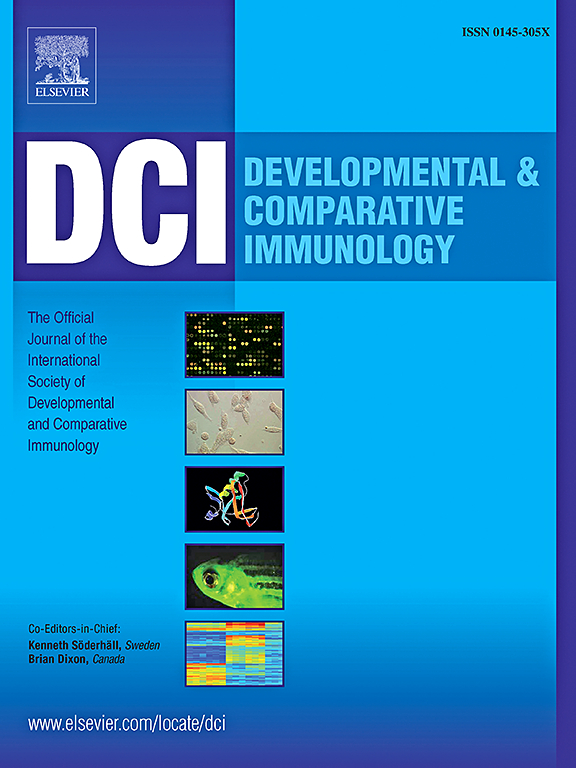Diversification of Toll-like receptor 1 in swamp eel (Monopterus albus)
Abstract
Toll-like receptor 1 (TLR1) is a pattern recognition receptor that plays critical roles in triggering immune activation via detecting bacterial lipoproteins and lipopeptides. In this study, the genetic characteristic of TLR1 was studied for an important aquaculture fish, swamp eel Monopterus albus. The eel has been seriously threatened by infectious diseases. However, a low level of genetic heterogeneity in the fish that has resulted from a demographic bottleneck presents further challenges in breeding for disease resistance. A comparison with the homologue of closely related species M. javanensis revealed that amino acid replacement (nonsynonymous) but not silent (synonymous) differences have accumulated nonrandomly over the coding sequences of the receptors at the early stage of their phylogenetic split. The combined results from comparative analyses of nonsynonymous-to-synonymous polymorphisms showed that the receptor has undergone significant diversification in M. albus driven by adaptive selection likely after the genetic bottleneck. Some of the changes reported here have taken place in the structures mediating heterodimerization with co-receptor TLR2, ligand recognition, and/or formation of active signaling complex with adaptor, which highlighted key structural elements and strategies of TLR1 in arms race against exogenous challenges. The findings of this study will add to the knowledge base of genetic engineering and breeding for disease resistance in the eel.

 求助内容:
求助内容: 应助结果提醒方式:
应助结果提醒方式:


